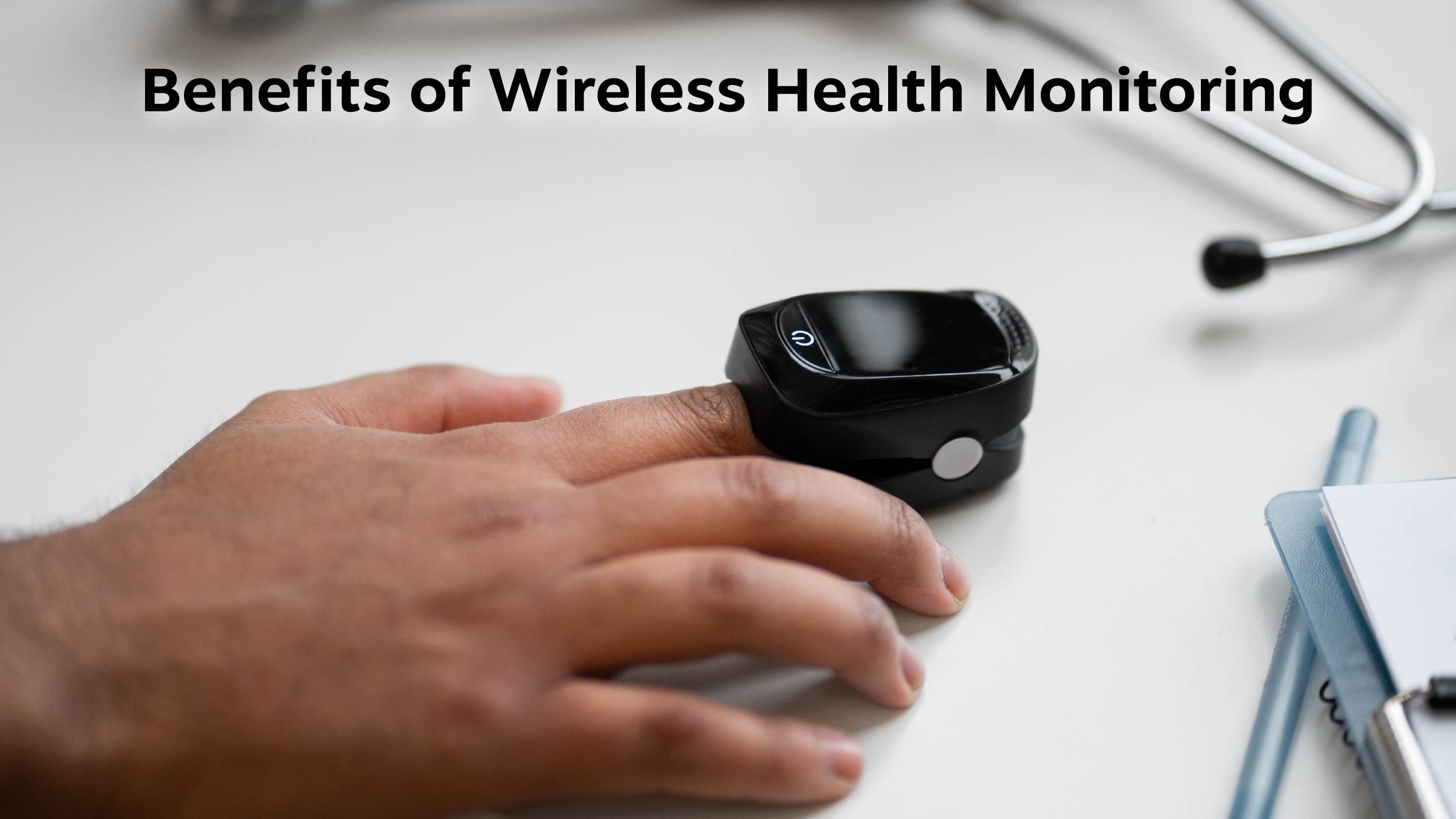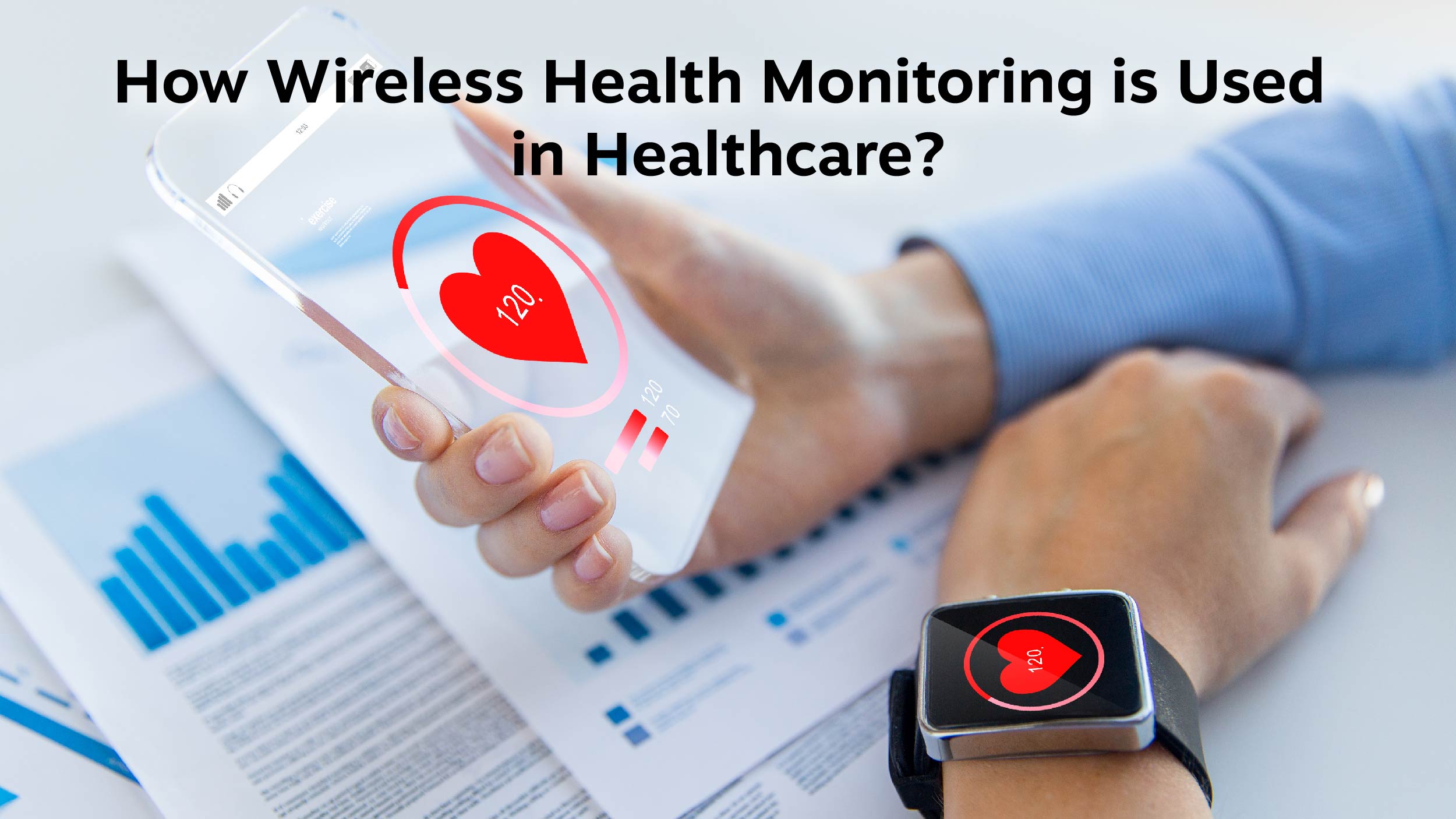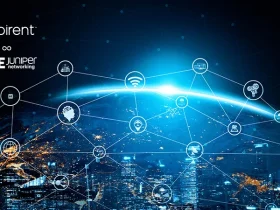Have you ever imagined a world where monitoring your health was as easy as checking your email or sending a text message? Enter the era of wireless health monitoring or remote patient monitoring (RPM) a groundbreaking technology that is revolutionizing the way we track and manage our well-being. From wearable sensors to smart devices, wireless patient monitoring offers unprecedented convenience, accessibility, and personalized care.
In this blog, we’ll delve into the realm of wireless patient monitoring, exploring its benefits, applications, and the transformative impact it’s having on the future of healthcare. Let’s get started!
What are Wireless Health Monitoring Devices?
Wearable or portable, wireless health monitoring devices track and monitor a range of physiological indicators and physiological activity in people. In addition to enabling remote patient or individual monitoring across various healthcare settings, these gadgets are made to deliver real-time health information. Their contribution to the enhancement of patient care, promotion of preventative healthcare practices, and improvement of healthcare outcomes is crucial.
Benefits of Wireless Health Monitoring
 Here are some of the major benefits offered by wireless health monitoring systems for patients.
Here are some of the major benefits offered by wireless health monitoring systems for patients.
Continuous Monitoring: Wireless patient monitoring offers a distinct advantage over conventional healthcare approaches that heavily depend on intermittent check-ups. It enables the collection of continuous and real-time data, empowering healthcare professionals to identify health concerns at an early stage, take immediate action, and develop tailored treatment strategies. As a result, patient outcomes can be significantly enhanced.
Enhanced Patient Engagement: Through enabling individuals to proactively monitor their health, these systems encourage enhanced involvement and responsibility on the part of patients. This allows patients to monitor their progress, establish health objectives, and make knowledgeable decisions pertaining to their lifestyle, ultimately resulting in improved self-care regarding chronic ailments and holistic wellness.
Accessibility and Convenience: As these devices continue to evolve, these devices are becoming more compact, portable, and user-friendly, making healthcare services more easily accessible than ever before. Patients now can track their health from the convenience of their own homes, minimizing the necessity for frequent trips to the hospital. This level of convenience is especially valuable for individuals residing in remote or underserved areas.
Data-Driven Insights: The vast amount of data produced by these systems offers valuable knowledge on personal health trends, collective health patterns, and tactics for managing diseases. By utilizing this information, healthcare professionals can identify emerging health trends, customize interventions, and optimize healthcare provision, thereby enhancing efficiency and cost-effectiveness in delivering care.
Also Read: A Beginner’s Guide to Advanced Healthcare Analytics: Everything You Need to Know
How Wireless Health Monitoring is Used in Healthcare?
 Wireless health monitoring, or remote patient monitoring (RPM), revolutionizes healthcare by enabling real-time tracking of vital signs and symptoms remotely. It eliminates the need for patients to be physically present, enhancing accessibility and efficiency in healthcare delivery. Here are some ways in which RPM is used in healthcare:
Wireless health monitoring, or remote patient monitoring (RPM), revolutionizes healthcare by enabling real-time tracking of vital signs and symptoms remotely. It eliminates the need for patients to be physically present, enhancing accessibility and efficiency in healthcare delivery. Here are some ways in which RPM is used in healthcare:
● Chronic Disease Management
It enables continuous monitoring of patients with chronic conditions such as diabetes, hypertension, heart disease, chronic kidney diseases, and chronic obstructive pulmonary disease (COPD). Patients can use wearable devices or sensors that track relevant health metrics like blood glucose levels, blood pressure, heart rate, and respiratory rate. Healthcare providers can remotely access this data to assess patients’ health status, provide timely interventions, and adjust treatment plans as needed.
● Postoperative Care
It has become an essential tool in post-surgery care, as it enables healthcare providers to remotely monitor patients’ vital signs, activity levels, and pain levels from the comfort of their own homes. This not only reduces the frequency of hospital visits but also facilitates early detection of any complications that may arise after surgery. By closely monitoring patients in this manner, medical teams can ensure a smoother recovery process, enhance patient outcomes, and ultimately lower healthcare expenses.
● Remote Consultations
Telemedicine platforms integrated with wireless health monitoring technology enable remote consultations between patients and healthcare providers. During these virtual visits, patients can share their health data collected from wearable devices or home monitoring kits with their healthcare providers, who can then assess their condition, provide medical advice, and prescribe treatment remotely. This improves access to healthcare services, especially for individuals in rural or underserved areas.
● Health and Wellness Monitoring
RPM is not limited to clinical settings but also extends to health and wellness monitoring for individuals who want to track their fitness, sleep quality, stress levels, and other health-related metrics. Consumer wearable devices such as fitness trackers and smartwatches incorporate sensors to monitor activity, heart rate, sleep patterns, and other health parameters. Users can view their data through smartphone apps and use it to make informed decisions about their lifestyle and health habits.
To Conclude
The evolution of wireless health monitoring heralds a new era in healthcare, characterized by continuous, personalized, and accessible care. By leveraging wireless technology, we are empowered to monitor our health in real-time, engage proactively in disease management, and collaborate more closely with healthcare providers. As we continue to embrace the possibilities of this technology, let us remain vigilant in addressing challenges such as data privacy and interoperability while maximizing the potential for innovation and collaboration. Together, we can harness the transformative power of wireless health monitoring to create a healthier, more connected future for all.

































